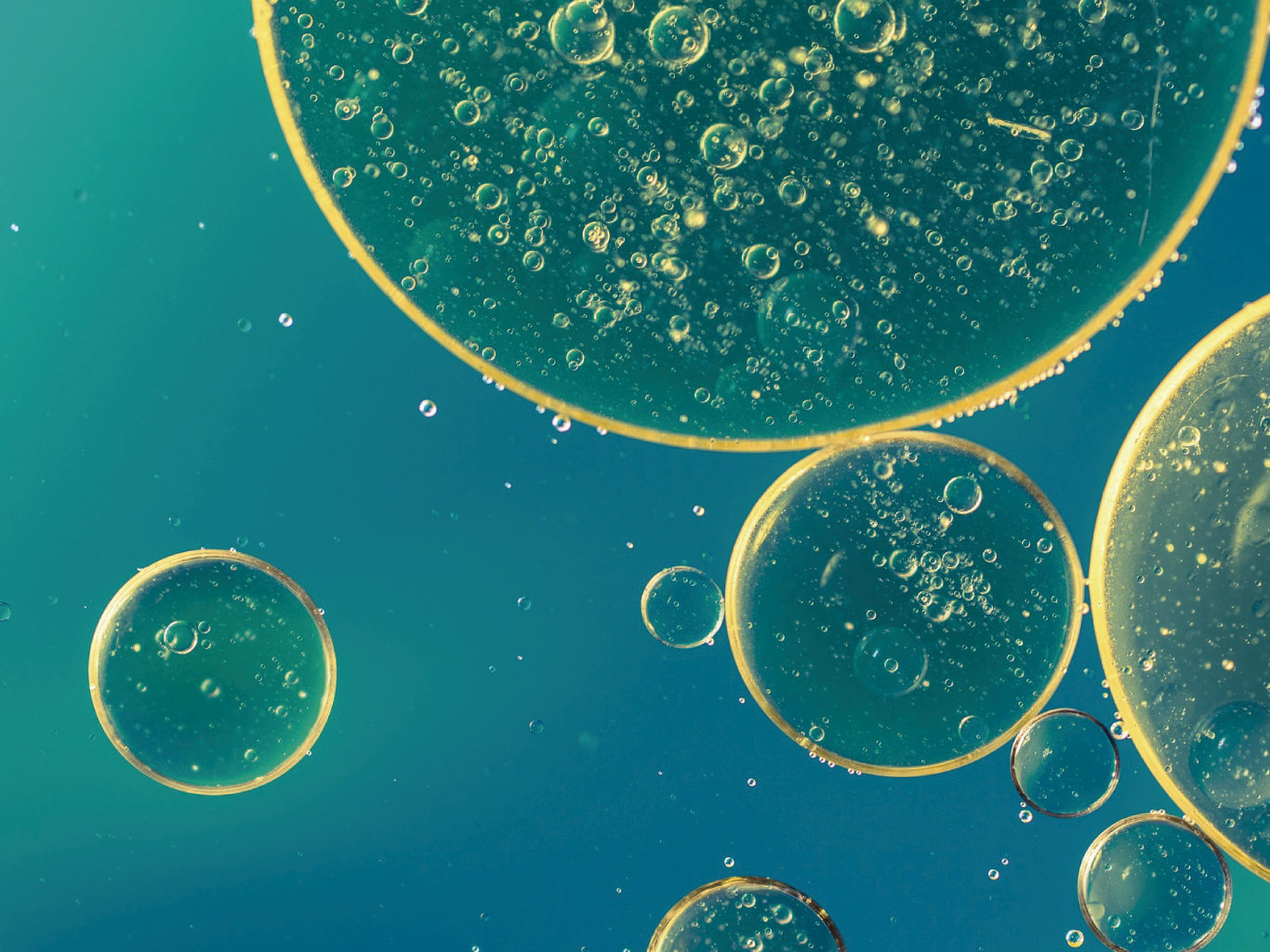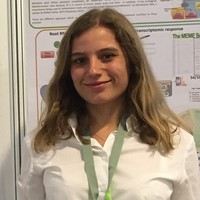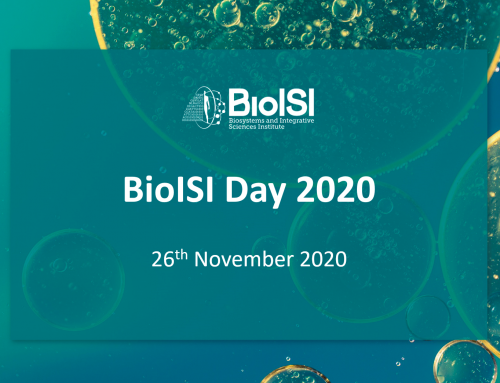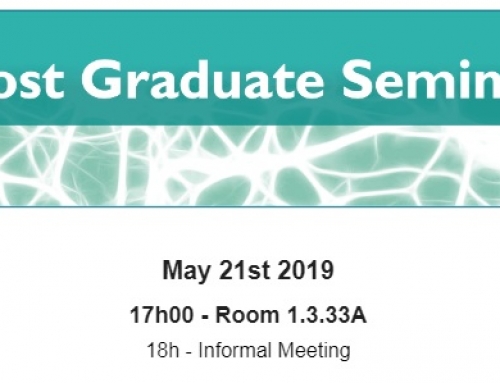
1.3.15 Amphitheatre – October 15th , 17h

Joana Matos
PhD student (CBS Group)
Bioprospection, study and application of bioactive compounds from microalgae and
seaweeds
Microalgae and seaweed are one of the most promising sources of bioactive compounds, and can be used to enhance the nutritional value of foods due to their wellbalanced chemical composition. Therefore, due to its potential, microalgae and seaweed can be used as functional ingredients by incorporation in food products. Moreover, when evaluating their health benefits associated with its consumption it is of utmost importance to identify the bioaccessibility and bioavailability of such compounds.
The main objective of this work is to bioprospect bioactive compounds from microalgae and seaweed, commercially available, harvested on the Portuguese coast or from an integrated multi-trophic aquaculture (IMTA) in all biomass and extracts. The benefits associated with the utilization of these as functional ingredients will be assessed at least in one functional product (e.g. yogurt) and feed ingredients, taking into consideration the bioactivity (e.g. antioxidant, antidiabetic, cytoprotective, anti-inflammatory, and hypocholesterolemic effects) and bioaccessibility/bioavailability of the target compounds.

Ana Rita Cavaco
BioSys PhD Student (PFG Group)
The battlefield in grapevine apoplast: uncovering lipid signaling events
The apoplast is the extracellular compartment formed by the space between plasma membrane and cell wall, as well as the extracellular matrix. It is involved in several functions during normal growth and is modulated under biotic and abiotic stress conditions, including plant-pathogen interaction, air pollutants, drought, salinity and temperature extremes. This extracellular compartment has gained attention due to the advances in the –omics approaches, mainly in proteomics. In the context of grapevine-pathogen interactions, elucidating the apoplast composition is crucial to understand the molecular mechanisms behind pathogen recognition and the activation of first counterattack measures. Recent works from our group focused on the development of a methodology for grapevine leaf apoplastic fluid extraction that allows a combined analysis of several molecular classes, namely lipids. Over 80 different lipid and lipid-based molecules were identified and, as pevious results from our group already indicated that lipids play an important role in grapevine defense against Plasmopara viticola, it is highly important to analyze the apoplast lipidome during P. viticola inoculation. Apoplast lipidome characterization remains a black box to this day. Our results open new insights for grapevine apoplast lipidome characterization during the first moments of pathogen interaction and further work is already being developed to uncover the lipids role in pathogen recognition.







